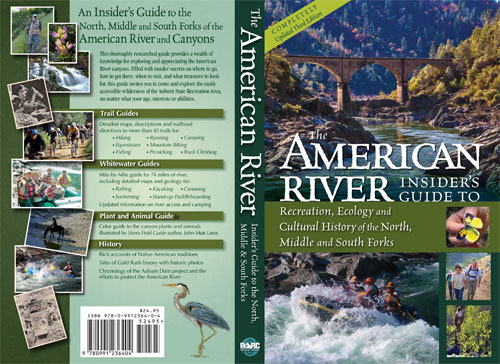The search for four men thrown from a boat on Folsom Lake continued for a third day as crews scoured the lake and found no sign of them.
While the water appears to be calm at first glance, fishermen CBS13 spoke to on Tuesday say releases from Folsom Dam are making currents stronger and searchers’ jobs tougher.
“I’m sure there’s currents that would be moving and making things difficult for them,” said fisherman Kelly Owens.
The crash is said to be one of the deadliest in Folsom Lake history—four men are presumed dead after the boat they were riding capsized Saturday afternoon.
Fishermen Owens did their best to stay out of deputies’ way as the search for brothers James and Toby Stauch and their friends Jon Smith and Jake Jacobs continues.
“They just keep gridding back and forth,” Owens said. “I don’t think they’ve had any results yet, but they’ve been sticking it with it all day.”
With weather cooperating, deputies used sonar technology to search for the bodies of the four men from the Sacramento area.
More at CBSlocal.com >>>

